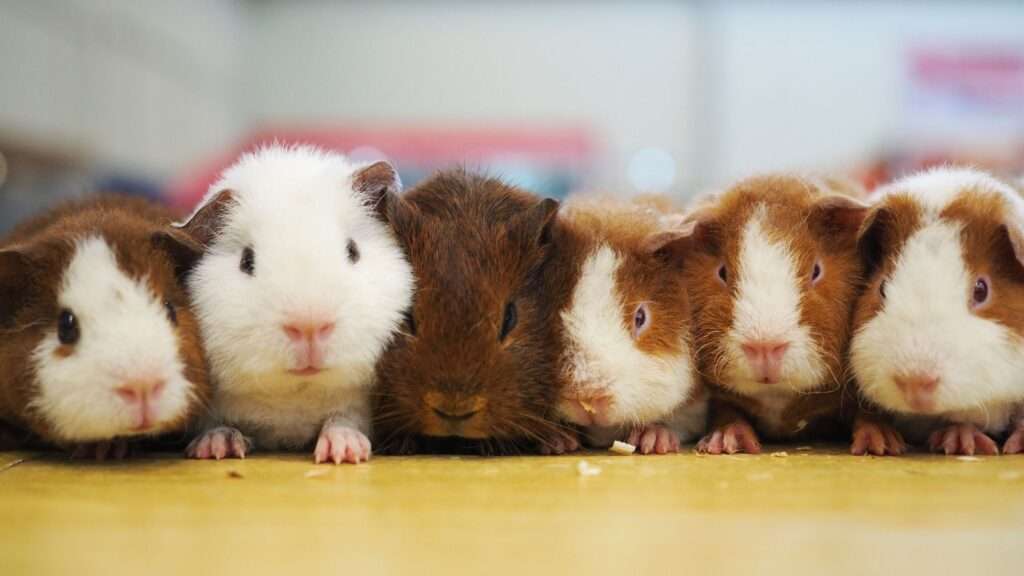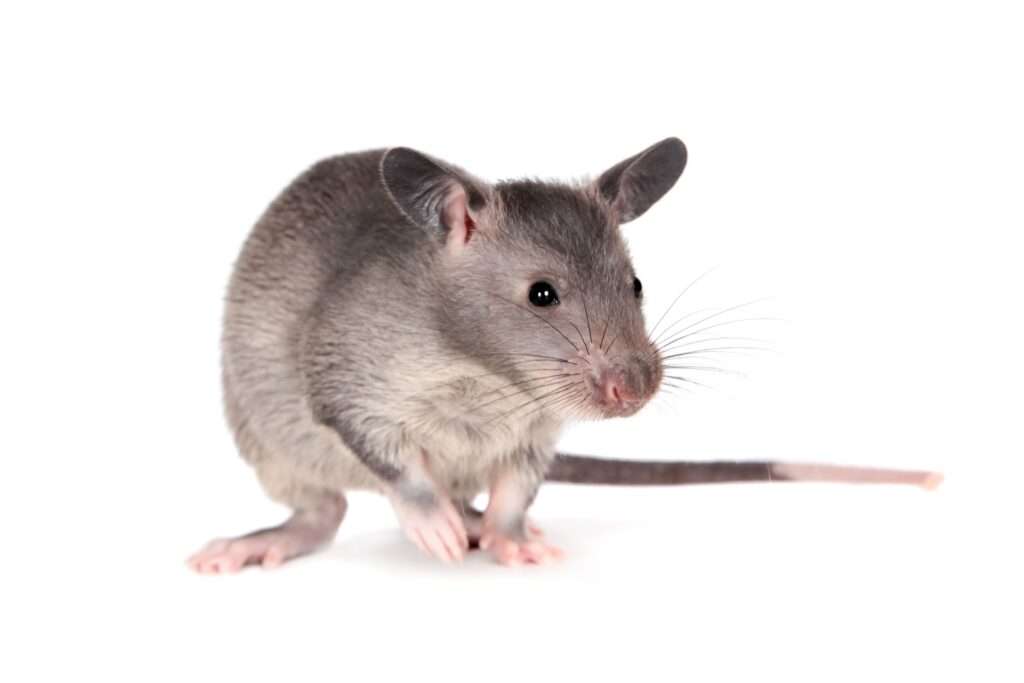
Description
A membrane separates the fore- and rear limbs of Pteromys volans. Pteromys volans do not have a membrane between their hind limbs and the base of their tail, in contrast to some other flying squirrel species. Their hind feet are noticeably larger than their forefeet, and their limbs are relatively short and stout. The head and body are 120-228 mm long. The eyes of Pteromys volans are distinctive, big, and black. Flying squirrels from the old world have thick, long, and velvety fur. The fur on the back is yellow-gray to blackish grey in the summer. It turns silvery grey in the winter. The tummy stays white all year long. The gliding membrane has a prominent fringe of soft fur around it on all sides. Flat and covered in short hair, the tail is.
Habitat
Pteromys volans can be found in Scandinavia, Russia, northern Asia all the way to Siberia, and southern China along the Pacific coast. Pteromys volans populations can be found in aspen, birch, spruce, cedar, or pine forests. For making nests, they like places with a lot of old, hollow trees.

Behavior
Pteromys volans is a nocturnal species. They are active from a half hour to an hour after dusk till morning during the summer. The majority of this time is devoted to finding meals. This time of activity is shorter and P. volans eat less food during the winter. P. volans doesn’t spend much time on the ground when it’s active. They move effortlessly between trees, gathering and eating food. They spread their forelimbs laterally when in flight, but along the tail, their rear limbs are held close together. The resulting triangle silhouette is peculiar. The social species Pteromys volans can be found in large groups in a single tree. They construct nests in bare tree holes or at the point where a branch meets the trunk. Pairs frequently occupy nests.
As Pet
If given the correct diet and care, flying squirrels kept as pets or in captivity can live for up to ten years. These rodents are typically thought of as high-maintenance pets, yet with the right care, they can become wonderful, devoted companions for people. It’s crucial to purchase a flying squirrel while you’re between the ages of six and eight because people adore keeping them as pets. The animal can immediately attach in this way. These rodents enjoy eating a variety of nuts, including almonds, acorns, hickories, and peanut butter. They eat berries, seeds, young branches, and green vegetation in the summer. P. volans eats nuts, catkins, pine cones, and pine needles in the winter. Old World flying squirrels, according to local hunters, are also known to prey on nestling birds and their eggs.
Table





